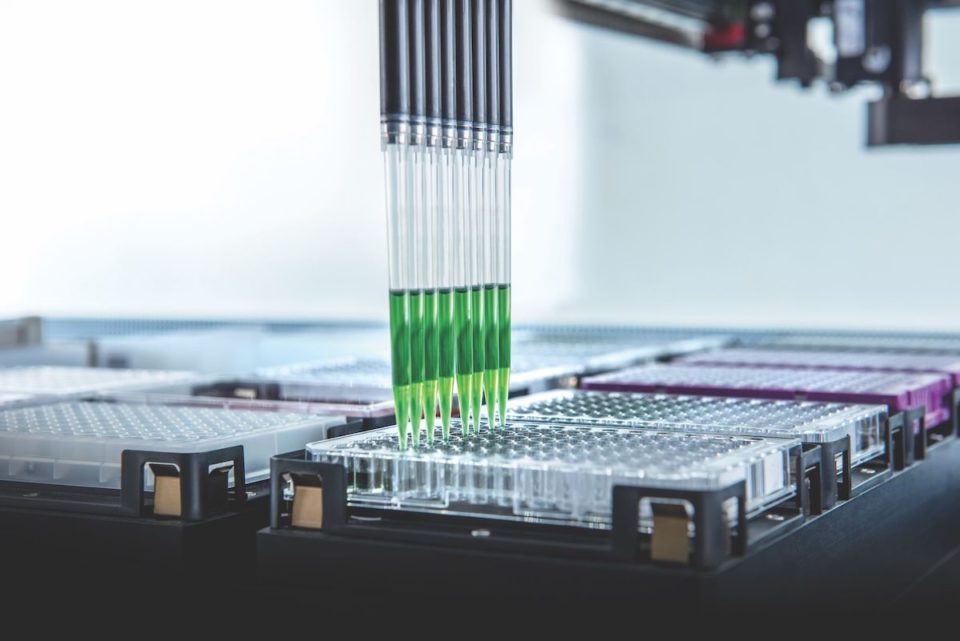Liquid handling processes present the best solutions to detecting pathogens in human blood. Analyzing dangerous chemical reactions, screening produce for food-borne viruses, and examining petroleum samples is no longer a hassle. Laboratory technicians and scientists rely on manual pipetting and automated equipment to undertake these processes.
The equipment is used to handle and transfer liquids from one location to another safely. One method that has drawn the attention of many experts is Polymerase chain reaction (PCR). It is a technique that helps collect data of specific DNA samples.
When using different techniques, experts can take microscopic samples of DNA and amplify them to a large amount for studies. PCR has illustrated many other laboratory procedures for research, cloning, genotyping and genetic testing. Identification of infectious agents has become possible in many medical laboratories.
It has become much easier for laboratories to undertake PCR with better technologies. The laborious pipetting has provided practical solutions to dealing with this daunting process. Thanks to the arrival of automation techniques, eliminating human mistakes and contamination during manual pipetting has become more accessible and more convenient.
Automating PCR Setup- Why Use the Best System
PCR is an effective and powerful technique professional should embrace. Remember, it is all about quantifying the amount of DNA or RNA in a selected sample. For these reasons, and with the better technologies gracing the industry, liquid handling robot PCR is a top-notch solution.
The selected sample should not be contaminated, and liquid handling is the most practical technique if looking for accurate and reproducible results. As you use your robot PCR, you get unmatched flexibility in the processes you are undertaking.
You will undertake all laboratory processes without making any errors. A liquid handling robot will ideally pick and handle the best pipettes, tubes, tips or the right PCR or qPCR setups for your lab processes. If you are automating your PCR, you have to know how to format your robot.
You already set for the task ahead if you know the tasks you will undertake. Significantly, you are halfway there if using the best liquid handling robot for the project. The best pipetting robot endows an intuitive user interface that allows a simple function to set up the PCR results.
The user-friendly interface will provide necessary data about the pipetting volumes, select samples and mixing requirements. For instance, you can opt for a single-channel or multichannel pipette and generate results with higher throughput within the shortest time. Hence, a liquid handling robot for PCR is equipped enough to meet your need. It is what to go for, and rest assured of error-free sample results.
Takeaway
Handheld pipettes help technicians measure and transfer liquids with easy. But for more complex and demanding applications like PCR, you need the best and most reliable liquid handling system. A pipetting robot is the most suitable tool to effectively mix, sample, and transfer your reaction mixture without contaminating it.
The liquid handling robot will eliminate the errors humans make within the shortest time and with higher throughput. Feel free to automate your PCR set on the best liquid handling system and enjoy many benefits.

